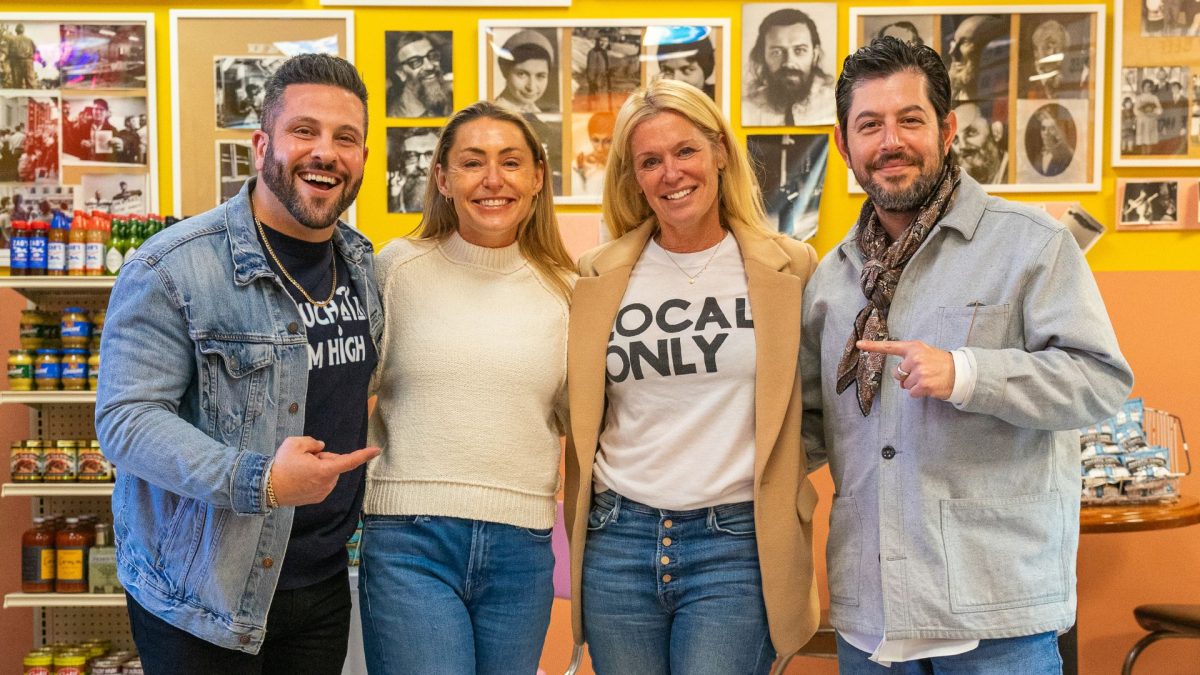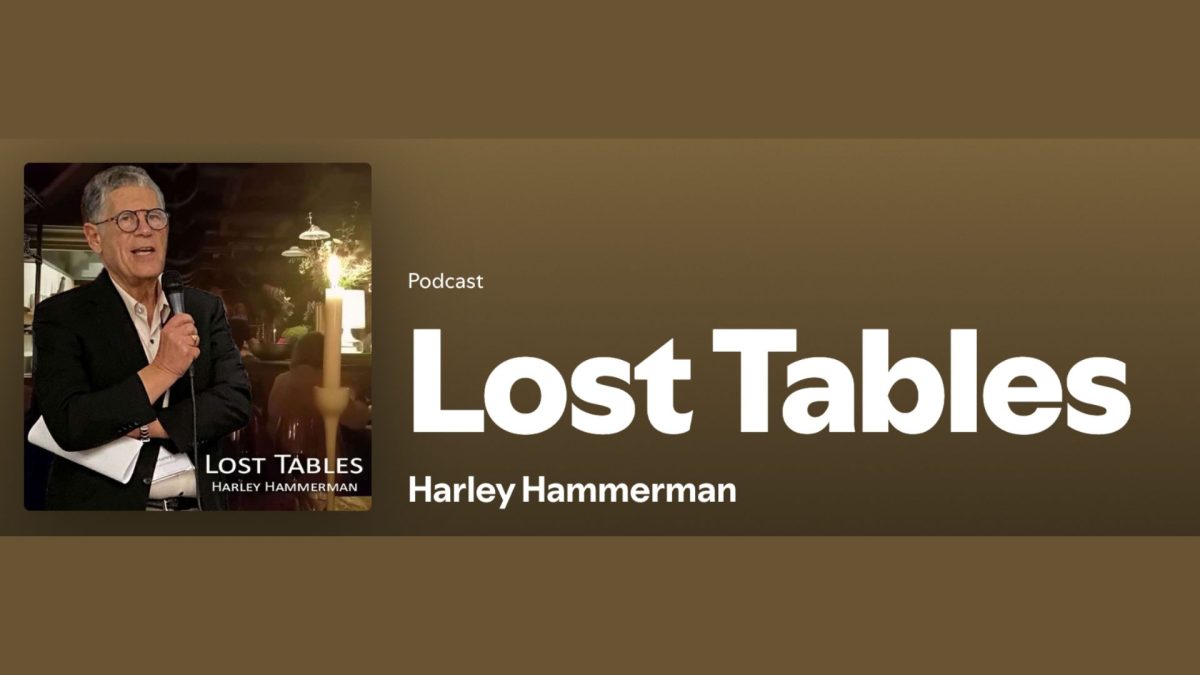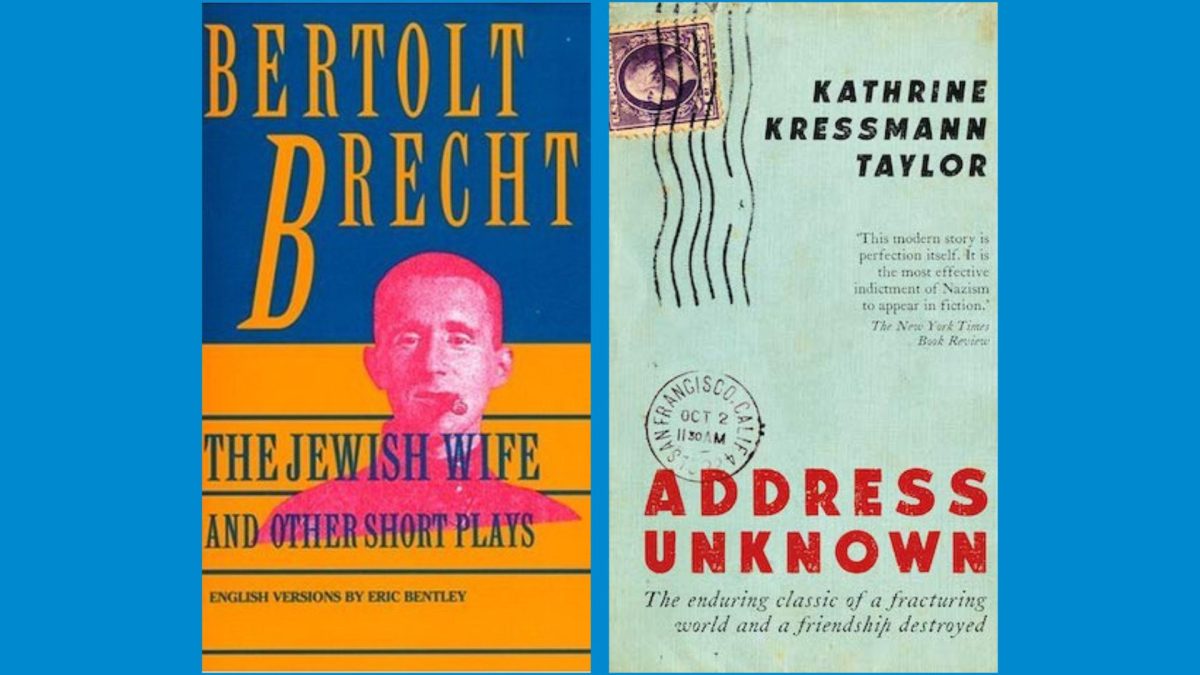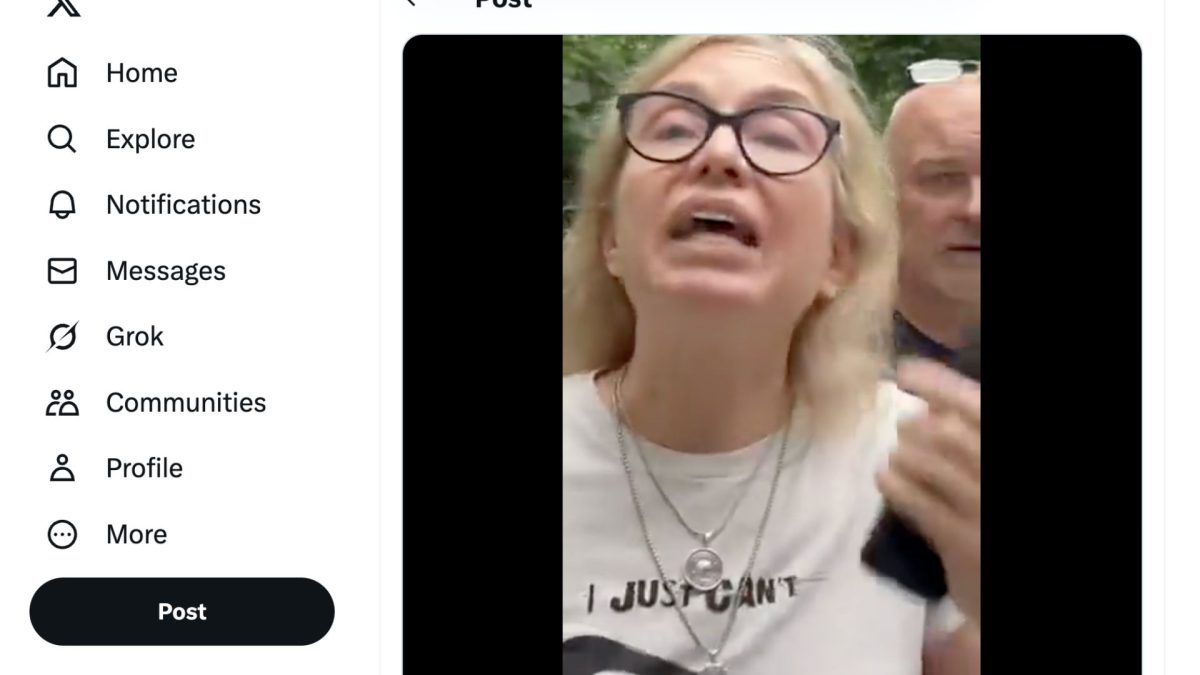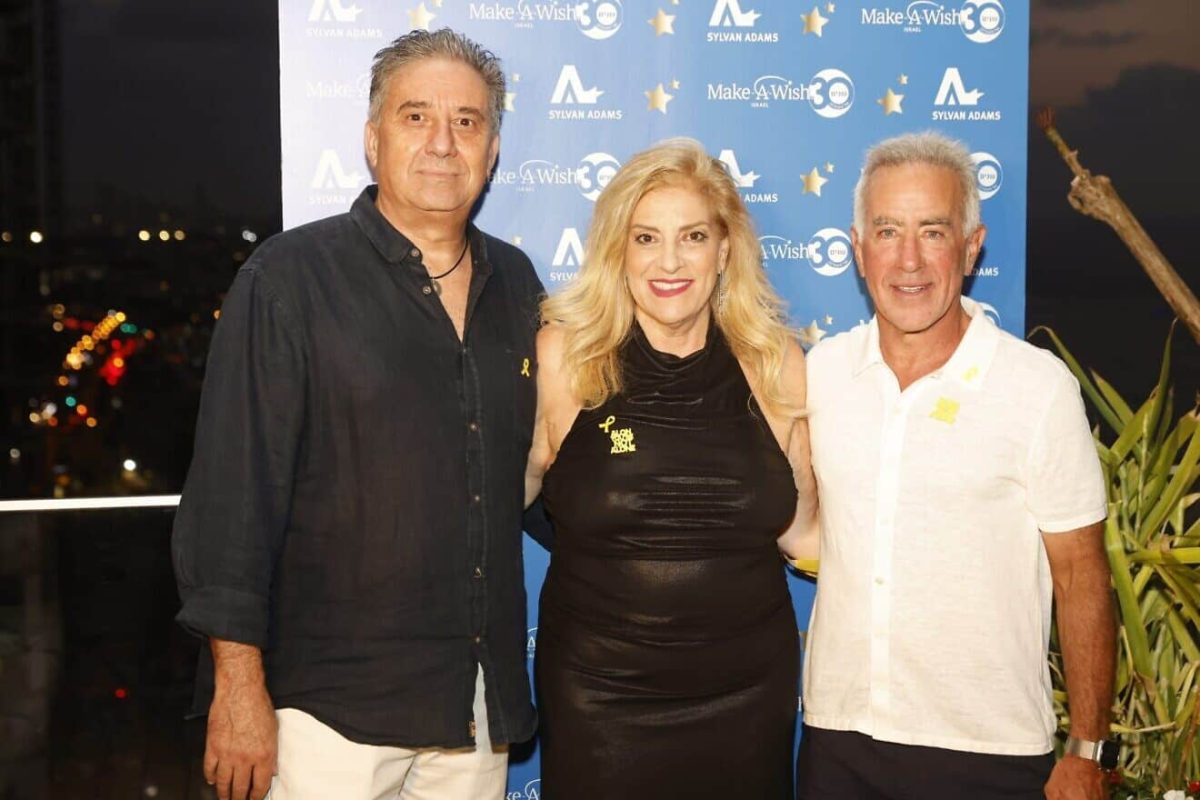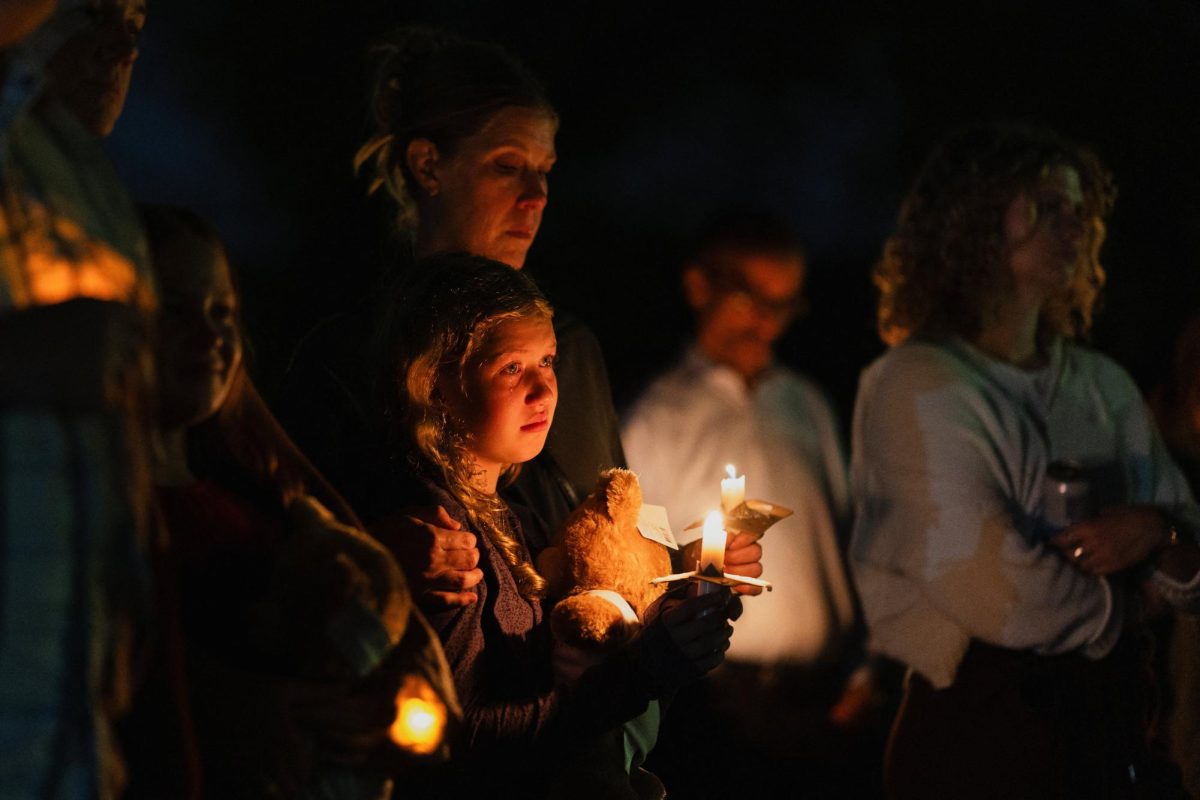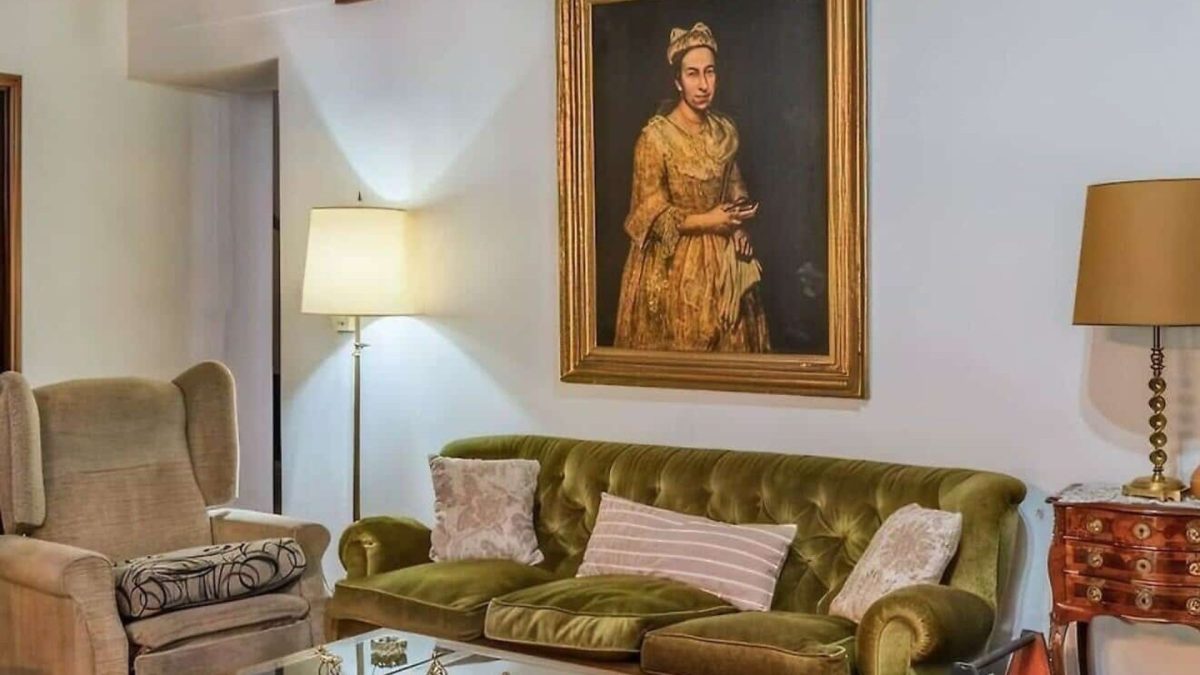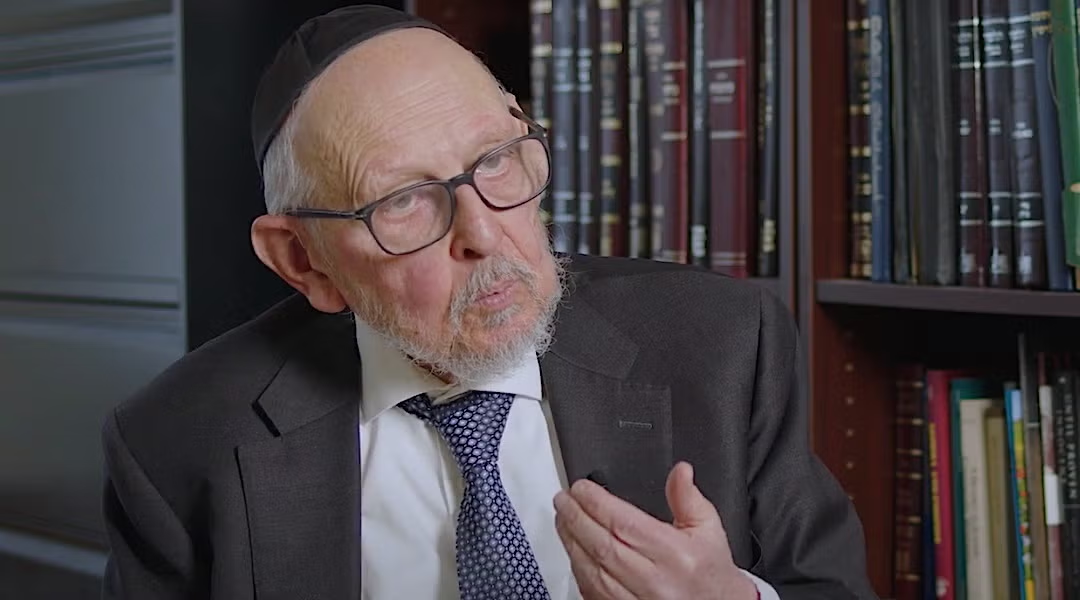When Nina Gilden Seavey was 12, growing up in University City, the Air Force building on Washington University’s campus burned to the ground. Her father, Louis Gilden, a Jewish civil rights attorney whose parents had fled pogroms in Ukraine before settling above a kosher grocery store in St. Louis, represented the man accused of starting that fire: Howard Mechanic. Mechanic went underground and vanished for more than 30 years. It was a moment that would shape Seavey’s life as a documentarian, storyteller and tireless investigator.
That moment also planted the seed for the popular 2021 podcast My Fugitive, which reexamined her father’s legal legacy, Mechanic’s disappearance and the wider web of FBI surveillance targeting protestors in 1960s St. Louis. “As I dug deeper, it became impossible to ignore St. Louis’s potential role in what happened to Dr. King,” Seavey said.
Now, with the federal government releasing 250,000 pages of previously sealed records, that thread has become the focus. Because buried in those newly released MLK documents could be the answers Seavey has been chasing for decades.
ADVERTISEMENT
A St. Louis legacy buried in the MLK files
The newly released MLK documents, all 250,000 pages of them, might not drop a bombshell just yet. But for researchers like Seavey, the momentum is real. St. Louis isn’t just a footnote in this federal data dump, it might be a critical scene of the crime.
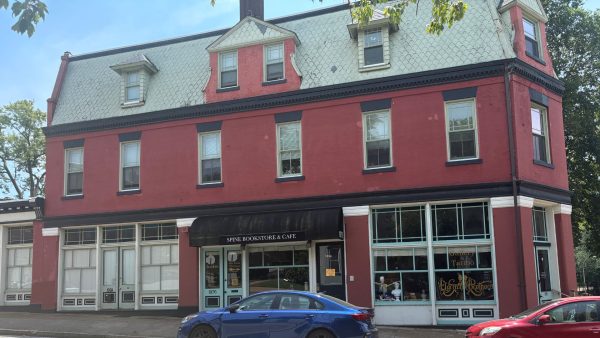
Seavey and WashU sociology professor David Cunningham have been mapping the dark social web around The Grapevine Tavern, a long-gone bar in Benton Park once owned by the brother of James Earl Ray. It was a gathering spot for ultra-right circles, white supremacists and criminal figures, where radical talk may have become something more.
As explored in My Fugitive, The Grapevine wasn’t just fringe. It was where a local patent attorney offered a $50,000 bounty on King’s head. That man, John Sutherland, wasn’t some rogue actor, he was part of St. Louis’s legal and civic mainstream.
ADVERTISEMENT
“We’ve already learned a lot about who was connected with whom and what their activities were,” Seavey said. “We won’t be releasing that nexus of information and what it means until we have a very clear picture. So stay tuned for that.
“It’s good to note that, in spite of the CIA being specifically prohibited by charter from operating on American soil, they were deep into their work of subterfuge and subversion in what was known as OPERATION CHAOS,” Seavey added. These records don’t directly link the agency to King’s murder, but they make clear just how deep the government’s interest in leftist organizing ran. And yes, St. Louis was on the map.
Connecting the dots at The Grapevine Tavern
The Grapevine sat on Arsenal Street, by most accounts, a modest dive bar. Today, the space houses Eldritch Brothers Tattoo and Art Gallery. But its reach went far beyond its four walls. Its owner, John Ray, was James Earl Ray’s brother. Patrons included John Birch Society affiliates, George Wallace supporters and figures known in local criminal networks. According to Seavey and Cunningham, the bar was more than a watering hole, it was a node in a much larger web.
With help from two WashU graduate students, the team is reconstructing that web, cross-referencing property records, church rosters, business registrations to build a map of 1960s extremist networks in St. Louis.
“Some people were generals, and some people were foot soldiers,” Seavey said. “But their worlds were connected. That’s what St. Louis was. That’s what it is in this story.”
“The release of depositions and closed-door hearings will give us more pins to put into the map,” she added. If those records come out, the picture gets sharper.
Transparency, memory and the next chapter
Seavey and Cunningham both say they understand why the King family wanted these records kept sealed. They were right to be cautious. But the spigot has been turned on and, for now, remains open under the current administration. Seavey’s hoping that somewhere in the stream, a breakthrough emerges.
Seavey called the moment bittersweet. While some federal archives are being wiped from public view, the King files are now trickling out. “There’s a sense that once these doors open, we may not be able to close them again—and that’s a good thing,” she said. “But it also means we have to be ready for what’s inside.”
As for what happens next, Seavey isn’t ready to commit. “When I start a project, I don’t decide what it’s going to be,” she said. “The material leads me. This could be a book, a doc, a podcast, even a movie of the week.”
What she knows for sure is that St. Louis isn’t just a setting. It might be the plot.







